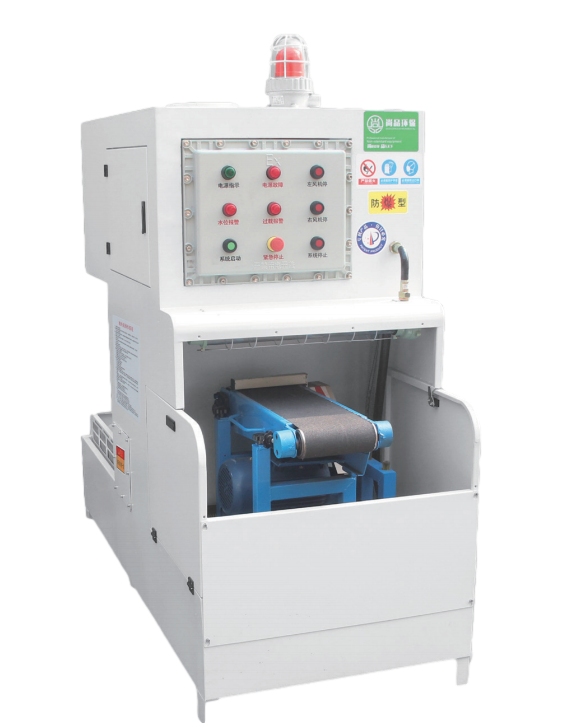Before choosing oil mist collector to deal with oil mist pollution in production workshop, customers will suffer from anxiety, because the selection will become a problem; Since the development of the Internet, it has brought us convenience. At the same time, it is also mixed with a lot of exaggeration and even deception information. Some customers have no comparison experience, and they have some misunderstanding about the required oil mist collector, oil mist purifier and knowledge. It is difficult to judge and select reasonably and effectively, but more rely on feeling, Especially in the face of the Internet full of many "oil mist collector manufacturers, oil mist collector price" and other information, customers are messy, many years of market research and customer exchange summary
Understand the principle
First of all, we should know and understand the working principle of the oil mist collector we will buy, and know more about its basic principle. Using the working principle can help us understand the internal logical relationship of its stability and applicability. At present, the whole world can be roughly divided into three categories in principle
a. Filtration principle
It mainly relies on all kinds of filter materials to passively block the oil mist liquid in the filter materials, and the residual gas is discharged through the gap of the materials. There are many disadvantages, such as high power consumption, short reasonable and effective operation cycle, and high follow-up application cost. Because of its low technical threshold, most of them are of this type in the market at the present stage;
b. Electrostatic principle
High voltage discharge is used to make the tiny particles in the gas charged, and the electric field is used to adsorb them on the surface of the electrode plate. In the early stage, static electricity was widely used in coal-fired power generation soot treatment and the current catering industry. Its advantages are that the adsorption effect of tiny particles is good, but the attenuation is relatively serious. Many exhaust outlets have significant oil accumulation phenomenon, and the overall collection efficiency is not high.
c. Negative pressure principle
Compared with filter type passive blocking, negative pressure type uses oil and water more than air. In the main machine case, when the motor is rotating at high speed, a certain negative pressure is formed inside the case, usually the negative pressure is 0.01-0.1mpa. This negative pressure is based on the mechanism and application design of external CNC machine tools. If the negative pressure is too large, oil and water can not be discharged. If the negative pressure is too small, all the oil and water will be discharged into the air.
The negative pressure purifier has the advantages of high safety, no secondary pollution, long operation cycle, and continuous and efficient collection of oil mist particles, which is difficult to achieve by the filtering principle and electrostatic principle.
